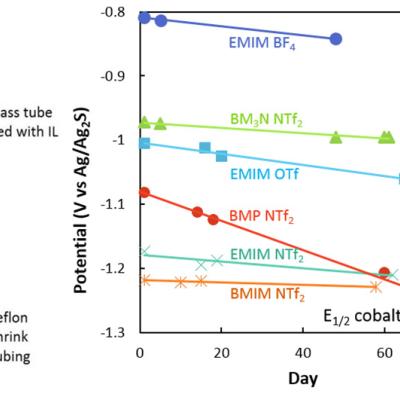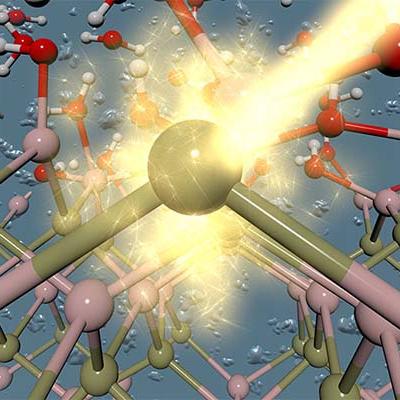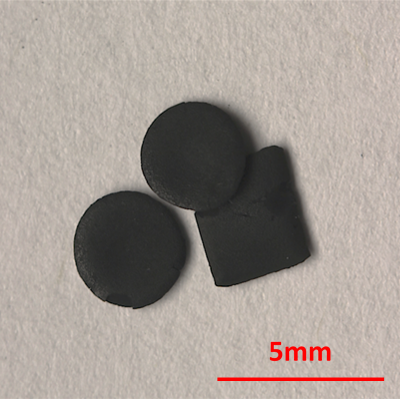LLNL uses the additive manufacturing technique known as Electrophoretic Deposition to shape the source particle material into a finished magnet geometry. The source particle material is dispersed in a liquid so that the particles can move freely. Electric fields in the shape of the finished product then draw the particles to the desired location to form a “green body”, much like an unfired…
Keywords
- (-) Show all (81)
- Synthesis and Processing (16)
- Photoconductive Semiconductor Switches (PCSS) (9)
- Imaging Systems (8)
- Materials for Energy Products (6)
- Semiconductors (6)
- Additive Manufacturing (5)
- Material Design (4)
- Optical Switches (4)
- Power Electronics (3)
- Sensors (3)
- 3D Printing (2)
- Computing (2)
- Electric Grid (2)
- Membranes (2)
- MEMS Sensors (2)
- Optical Sensors (2)
- Particle Accelerators (2)
- Spectrometers (2)
- Precision Engineering (1)
Image

LLNL has developed a reference electrode that is a great improvement on the widely used silver or platinum wire QRE commonly used in electrochemistry in ionic liquids. This new reference electrode, based on a silver-sulfide coated silver wire, exhibits greatly improved stability over a QRE. The stability of our RE approaches that of the Ag/Ag+ RE, but unlike the Ag/Ag+ RE, the RE reported here…
Image

Dubbed the "LLNL Chemical Prism", the LLNL system has use wherever there is a need to separate components of a fluid. A few examples include:
- Chemical detection for known and previously unknown chemicals or substances
- Separation of biomolecules from a cellular extract
- Fractionation of a complex mixture of hydrocarbons
- Forensic analysis of…

